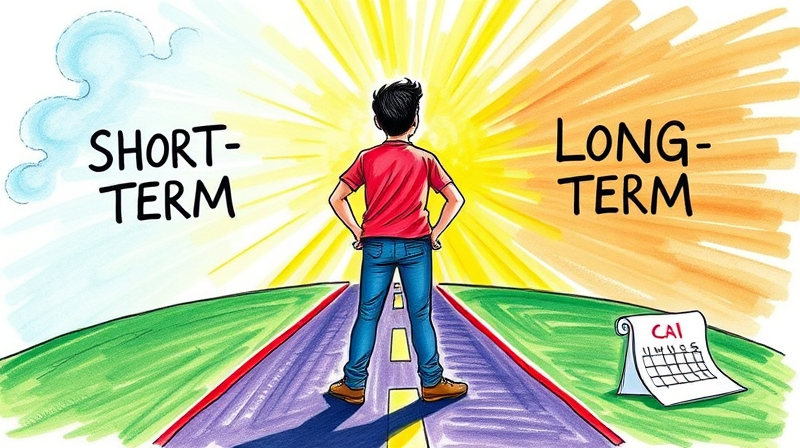
Planning for retirement is more than just setting aside money; it’s about securing your financial future and ensuring peace of mind in your later years. With a variety of account types available—from employer-sponsored plans to individual IRAs—the choices can feel overwhelming. This guide will help you navigate the options, align them with your circumstances, and craft a strategy that grows with you.
Choosing the optimal retirement account isn’t merely a checkbox on your financial to-do list. The right account can mean the difference between tax-free retirement income and unexpected penalties or costly withdrawals taxed at higher rates. Over decades, compounding growth and tax treatment dramatically influence your nest egg’s final size.
When you select an account tailored to your goals, you harness every possible advantage—employer matches, catch-up contributions, and the right tax timing. Your choices today ripple into your comfort, health care options, and legacy tomorrow.
At the core of retirement planning lies a fundamental decision: Traditional or Roth? Each offers unique benefits, and understanding their differences is critical.
Traditional accounts, such as Traditional IRAs and 401(k)s, allow pre-tax contributions. These reduce your current taxable income and let earnings grow tax-deferred. However, withdrawals after age 59½ are taxed as ordinary income, and Required Minimum Distributions (RMDs) begin at age 73.
By contrast, Roth accounts—including Roth IRAs and Roth 401(k)s—use after-tax dollars. While you forgo an immediate deduction, qualified withdrawals in retirement are entirely tax-free, and Roth IRAs carry no RMDs during the original owner’s lifetime.
Each plan carries eligibility criteria, employer match potential, and distinct tax treatments. For self-employed individuals, SEP IRAs and Solo 401(k)s offer higher contribution ceilings, while small businesses may use SIMPLE IRAs for straightforward administration.
Follow a systematic approach to determine which account aligns with your financial landscape:
Retirement planning is not a one-time event. Life changes—career shifts, salary increases, marital status—can all affect your ideal strategy. Schedule an annual review to adjust contributions, rebalance investments, and explore new account offerings.
By staying proactive, you can avoid missed deadlines, avoid unnecessary tax penalties, and ensure your portfolio stays on track to meet your long-term goals. Consider consulting a financial advisor when uncertainties arise or when new regulations take effect.
Choosing the right retirement account is a pivotal decision that shapes your financial well-being for decades. By understanding the nuances of Traditional and Roth accounts, leveraging employer matches, and aligning choices with your tax outlook, you can create a resilient and flexible portfolio. Take charge today—combine accounts if appropriate, stay informed, and adjust as life unfolds. With the right strategy, you’ll move confidently toward a future of stability, growth, and the freedom to enjoy your retirement dreams.
References













